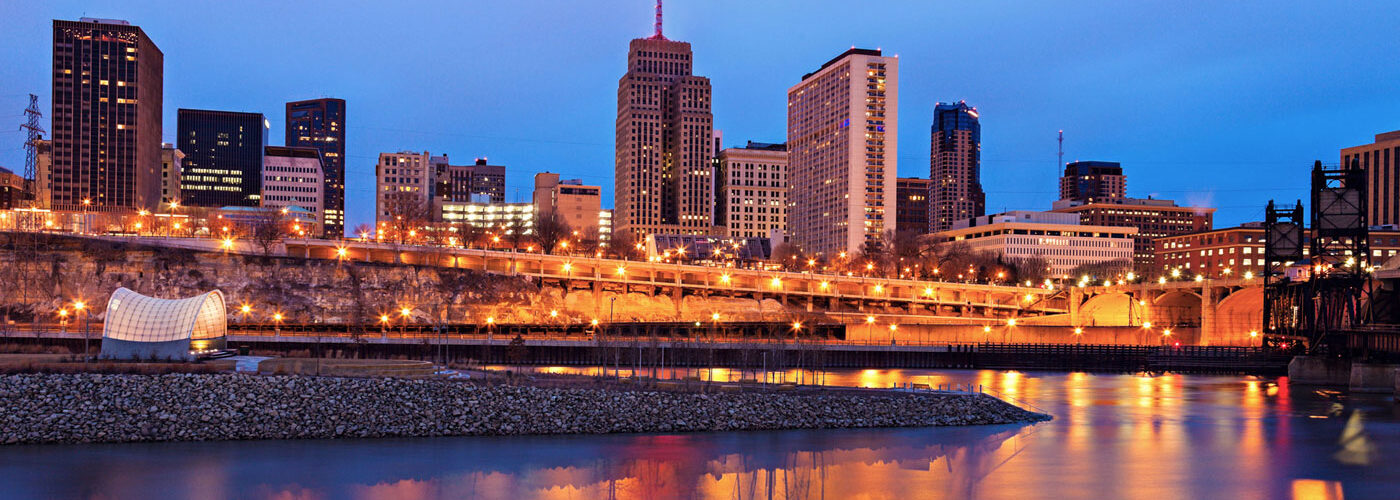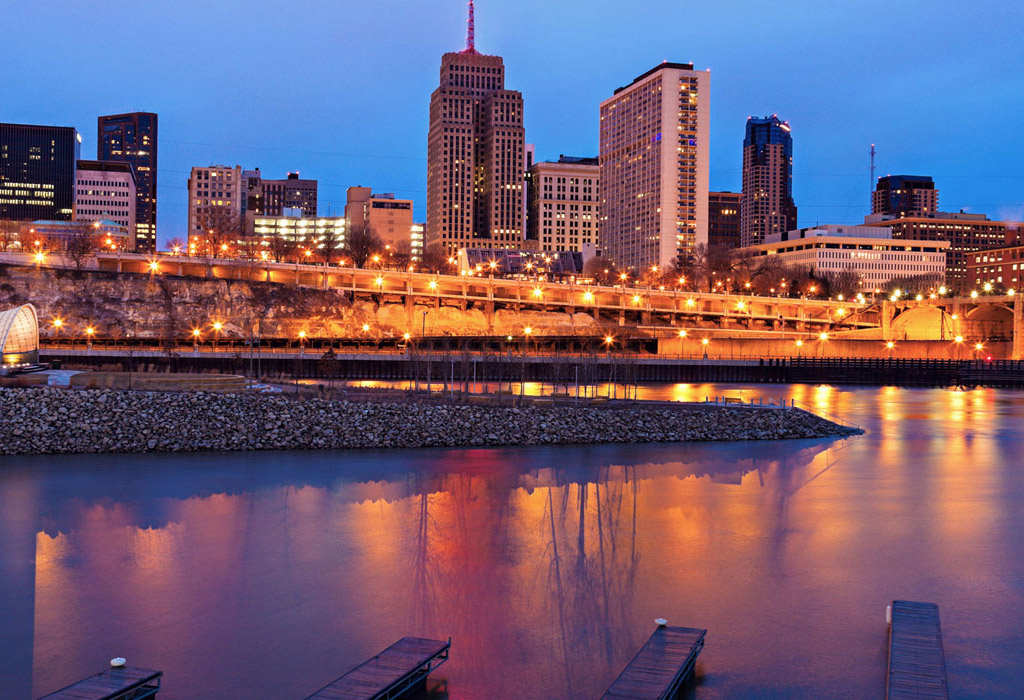
(This is the 2nd Edition of this article, August, 2016)
It has long been said, the meetings and hospitality industry is an acronym soup on steroids! Industry jargon plagues us. Many of our associations and even corporations bear their initials first. Our professional organizations follow suit: PCMA, ASAE, IAEE, MPI, and CIC, just to name a few. In fact, we as an industry are so steeped in the use of acronyms that the Convention Industry Council (CIC) even provides a glossary, developed by the meetings, conventions and exhibitions industry through the Accepted Practices Exchange, of more than 1,400 terms, acronyms and abbreviations.
So, while those in the know might know just where to look to find the right resources and trusted partners, what if you are new to the industry or simply confused by all the alphabetical offerings.
And here is irony personified, even the organizations who are here to help you FIND just what you’re looking for in any destination add to the confusion. If you want to work with a destination expert to find the perfect fit for your next meeting do you contact a CVB, DMO or DMC?
In order to demystify the acronyms, the following brief primer explains the unique role and structure of convention and visitors bureaus (CVBs), destination marketing organizations (DMOs) and destination management companies (DMCs). You’ll never have to vaguely mutter initials under your breath again!
Convention & Visitors Bureaus (CVBs)
CVB experts have been helping meeting planners, business travelers and leisure tourists find the perfect location and fit for more than 100 years. They are the quintessential source of information about hotels, facilities, attractions, restaurants and activities, and should always be the first contact when planning your event. All CVBs are not-for-profit organizations primarily funded by their local governments, usually through a portion of hotel occupancy taxes. Their mission is to promote the long-term development and marketing of a destination, focusing on convention sales, tourism marketing, and services. As the tourism marketing arm of the destination, the CVB is responsible for creating public awareness about their destination and, ultimately, booking the meeting and event business that feeds the economic engine of the region. And, because their services are funded by local stakeholders, they are free to the planner.
Why would the local community invest its dollars in the CVB? Because travel and tourism enhances the quality of life in their destination by providing jobs, bringing in tax dollars for improvement of services and infrastructure, and attracting facilities like restaurants, shops, festivals, and cultural and sporting venues that cater to both visitors and locals. Travel and tourism is one of the world’s largest service exports and largest employers. In the United States, for example, travel and tourism is the third biggest retail sales sector, contributing more than $599.2 billion annually to the nation’s economy and generating $99.4 billion in tax revenues (2004 figures from the Travel Industry Association). Indeed, travel and tourism is an economic engine and CVBs are the key drivers.
To quantify the impact of the sales and marketing efforts of the CVB to its community, Destination Marketing Association International (DMAI) commissioned a study by Tourism Economics, an Oxford Economics Company, entitled Measuring the Impact of the DMO Group Sales Channel. The findings for the 2014 calendar year show 22.5% of all group room night demand in the U.S. comes through CVB sales channels. The DMO share has increased 2%, with 41.5 million group room nights booked for future events.
Thousands of savvy meeting planners make the CVB their first point of contact. You can too by visiting empowerMINT.com for information about more than 135 top meeting destinations.
Destination Marketing Organizations (DMOs)
Essentially, the terms CVB and DMO are interchangeable. Referred to as CVBs for many decades, destination marketing organizations began identifying themselves as DMOs in an effort to convey a less bureaucratic connotation to the traveling public. Similarly, many CVBs, such as VisitPittsburgh, Meet Minneapolis and San Francisco Travel, have replaced the traditional “Convention & Visitors Bureau” portion of their name with a more descriptive, action-oriented name. Like many other re-named CVBs, “Experience Columbus” now identifies with the more contemporary DMO designation, but is still happy to acknowledge that it is the region’s convention and visitors bureau.
In 2005, the International Association of Convention & Visitor Bureaus (IACVB)changed its name to Destination Marketing Association International (DMAI), partly in recognition of its international members which are often structured and named differently than their US counterparts. DMAI’s website, e-information, and printed materials consistently refer to DMOs.
Every CVB is a DMO, but, technically, not every DMO is a convention and visitors bureau: some destinations have no meeting facilities and consequently market to leisure travelers only; some focus solely on meeting and convention business and leave transient tourism marketing to other entities.
Changing a brand takes time and most meeting professionals automatically refer to “CVBs,” so we anticipate continued use of “CVB” into the future. The important point is no matter what you call them, CVB/DMOs are uniquely qualified to be the best first point of contact for any meeting or event because of their comprehensive view of the destination, local expertise, extensive in-market relationships, and complimentary services.
Destination Management Companies (DMCs)
DMCs provide their services to the customer for a fee. According to ADME , the Association of Destination Management Executives, a DMC is a “professional services company possessing extensive local knowledge, expertise and resources, specializing in the design and implementation of events, activities, tours, transportation and program logistics.”
You may choose to engage the services of a DMC after you have confirmed the hotel and facilities in a specific destination to “manage” the destination for you. Planners may have a multi-year contract with a large destination management company to organize events and provide transportation regardless of the chosen destination, similar to how they contract with audio-visual providers and decorators.
DMCs are often valuable members and/or supporters of the local convention and visitors bureau.
As seasoned meeting professionals know, the success of any one program is contingent upon many successful collaborations and partnerships. A unique perspective comes into play from Annette Gregg, CMM, MBA, Vice President of AlliedPRA Corporate West, who also severed in a CVB management role for a number of years and understands the valuable connection between a DMC and a CVB.
“A DMC can play an important role in the relationship between the two destination arms when attracting and securing potential business leads for the market. First, DMCs provide CVBs with the latest, detailed information about destination products and assets. This can help a CVB frame the destination to a client, and create the best possible site inspection or familiarization (FAM) trip experience. AlliedPRA partners with CVBs on sales missions and tradeshow presence to provide valuable tools and information about the destination experience. Likewise DMCs rely on CVBs to drive business to the overall destination, so an organization will choose a particular location over another. The relationship also helps keep the destination top of mind in marketing efforts by both sides, often times as a collaborative effort for a dual win-win.”
While there are numerous reasons, the benefits of using a well-established DMC allows meeting planners to partner with a team of creative people who can offer firsthand destination knowledge, as well as local buying power. A reputable DMC vets its local program suppliers for ease of mind in regards to risk management, saving planners time spent researching, negotiating and qualifying suppliers on their own. They also provide added value through local connections and key suppliers relationship and can be a meeting planners’ best resource for creating an unforgettable destination experience. Getting the assistance of a local, knowledgeable resource significantly reduces risk and allows event planners to focus on more strategic aspects of their meetings.
Website Design and Development by W.A. Fisher Interactive. Report Problems
